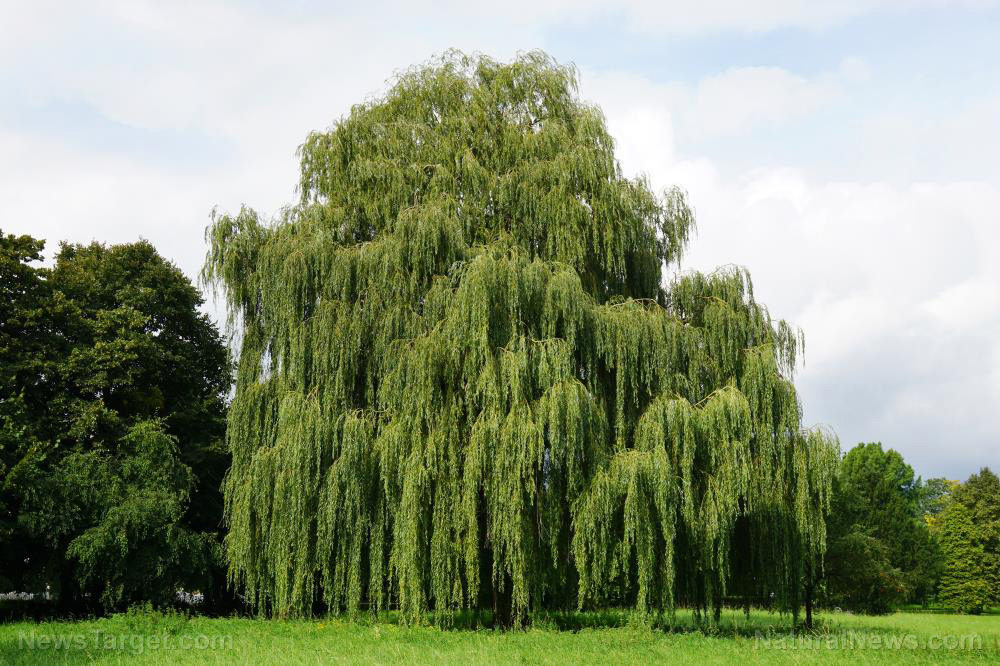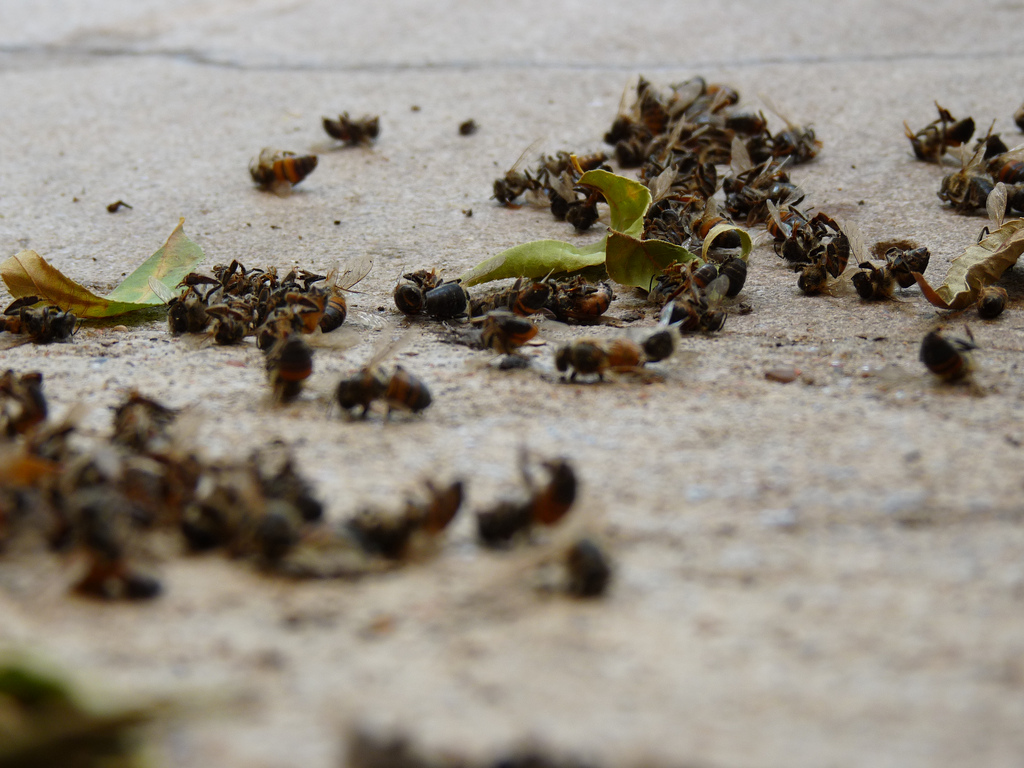
According to a first-of-its-kind study conducted by the Global Forest Biodiversity Initiative (GFBI), Earth could have as many as 73,000 tree species, with 9,200 species yet to be discovered.
The study findings were published in the journal PNAS.
Researchers reported that many of these undiscovered species could be "rare, in very low numbers and at threat from human-driven changes in land use and climate."
The study suggests that South America should be the focus of conservation efforts, together with other global tropical and subtropical forests, which might also be home to many rare and undiscovered species.
The study involved a three-year international project and a collaboration of almost 150 scientists who successfully identified an estimated 40 million trees belonging to 64,000 species.
Knowledge is key to preserving ecosystems
Roberto Cazzolla Gatti, a professor at the University of Bologna in Italy and the study's lead author, explained that having extensive knowledge of "tree richness and diversity" is essential to protecting the "stability and functionality of ecosystems."
Prior to the study, existing data on wide areas of the planet was rather limited and based on field-observation and lists of species from different areas. Cazzolla Gatti added that these limitations were "detrimental to a global perspective" on the matter.
The study was conducted at the GFBI, where researchers created complex statistical analyses using artificial intelligence (AI) and the supercomputer of the Forest Advanced Computing and Artificial Intelligence Laboratory of Purdue University in Indiana.
After these analyses and calculations were completed, the research team predicted that Earth has at least 73,300 tree species, or 14 percent more than what was currently known. The global dataset is the largest known to date, reported the researchers.
They added that it currently includes over 38 million trees that can be found in at least 90 countries and 100 territories.
Professor Jingjing Liang, a co-author of the paper, said that the research team combined individual datasets. Shedding light on the process, Liang explained that the datasets were gathered by people "going out to a forest stand and measuring every single tree" and collated into a "massive global dataset of tree-level data."
Liang added that counting the number of tree species worldwide is like working on a puzzle with pieces spreading across the globe. By working as a team, the GFBI was able to solve the fascinating global puzzle. (Related: IPBES report: Billions of people depend on wild species for survival.)
Liang said that tree species diversity has an important role in maintaining healthy, productive forests. It is also crucial to the economy and environment.
To illustrate, South America is home to at least 43 percent of the planet's tree species and the highest number of rare species. Liang warned that in time, these undiscovered tree species could be lost to extinction before they are found.
The study findings also revealed that there are still 9,000 unknown species that could be in the two biomes composed of "grasslands, savannas and shrublands" and "tropical and subtropical forests" of the Amazon and the Andes.
Data showed that at least 3,000 of those species are rare and endemic on the continent. The species also populate tropical and sub-tropical areas.
Cazzolla Gatti said that for experts to get a reliable estimate of biodiversity, it's important to pay attention to the number of rare species that are currently known.
While many of the tree species are very common and numerous, there are a handful that are rare.
Peter B. Reich, a professor at the University of Minnesota and a study co-author, advised that the study results highlight the vulnerability of global forest biodiversity to anthropogenic changes – especially land use and climate, because the survival of rare taxa is often threatened by these factors.
Watch the video below to know what ancient trees looked like.
This video is from the Puretrauma357 channel on Brighteon.com.
More related stories:
Forest area the size of France has regrown worldwide since 2000, new study reveals.
Sources include:
Please contact us for more information.




















